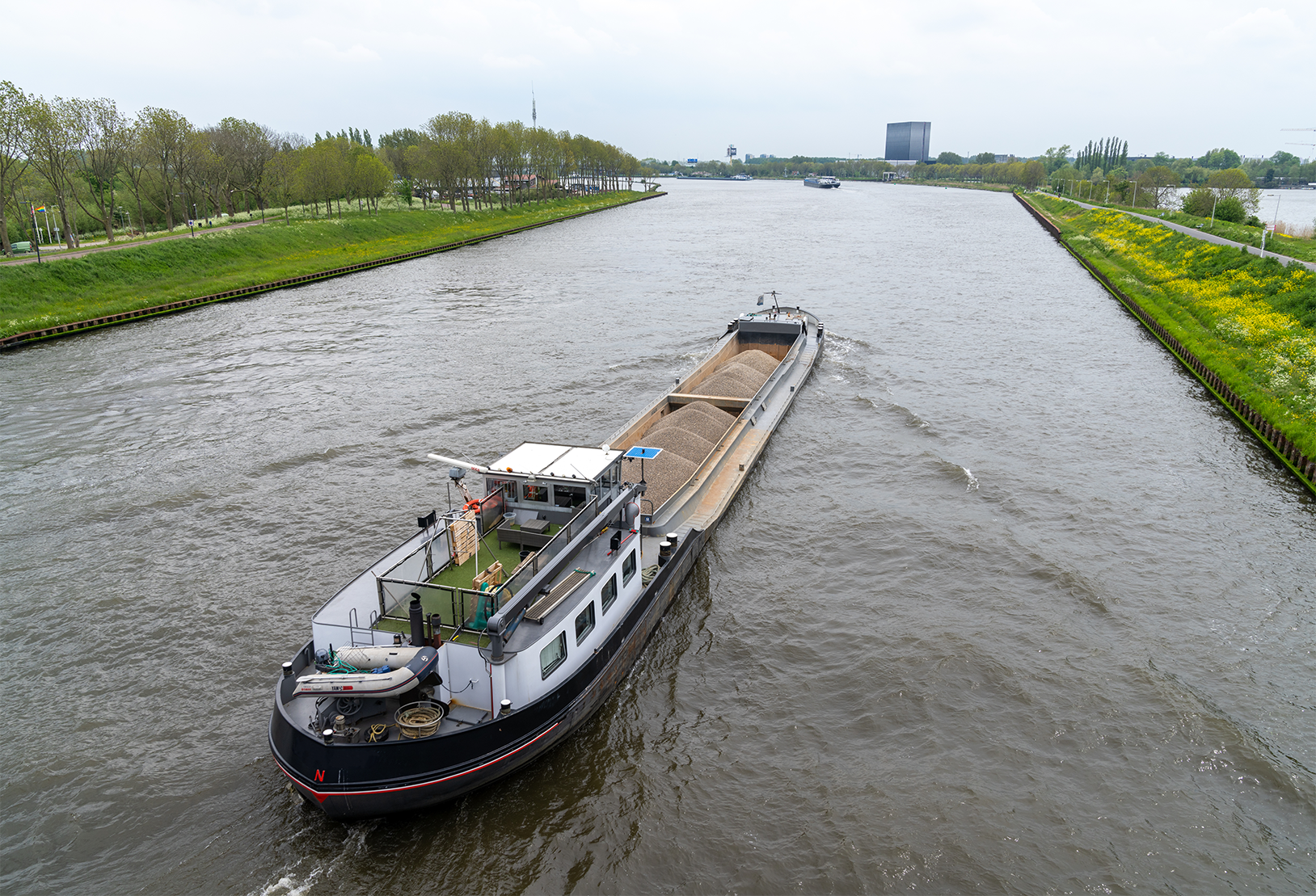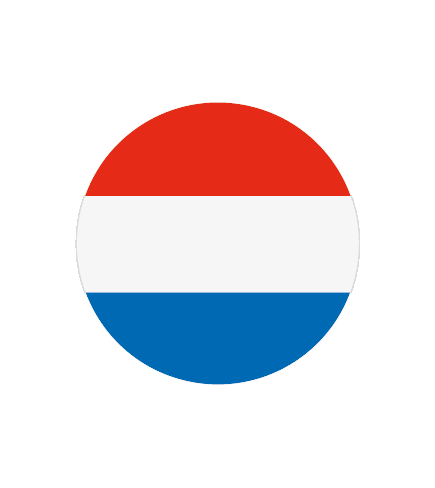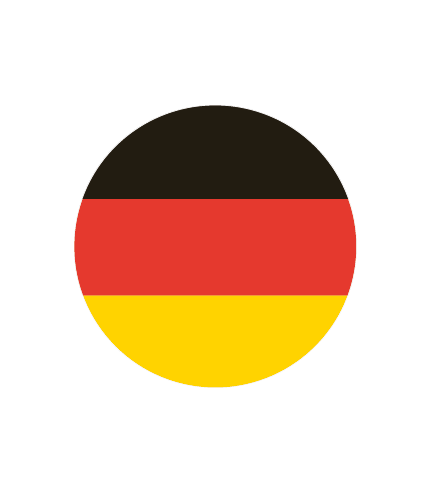Challenge of major water level variation
In the Rhine, there are several places with “thresholds” in the navigation channel (TNO, 2023). Boatmasters have to make sure that the vessel won’t be too deep in the water when arriving at those thresholds. This means that when they load the vessel, boatmasters have to estimate what the water level will be when they arrive at one of the thresholds, which can sometimes be days later. The government (Rijkswaterstaat in the Netherlands) issues water levels based on prediction models (Deltares), but the boatmaster bears responsibility for the final load factor and draught.

The lower the water level, the higher the demand for inland waterway vessels: each vessel can carry less and less, so you need more vessels to carry the same amount of cargo. Transport prices are also skyrocketing. Boatmasters don’t mind high prices, they might even think it is positive. However, in the long run it means that shippers will consider other modes.
At a certain point, there isn’t enough capacity left to meet transport demand. Then, even higher prices will no longer help, and it is too late to use alternatives (except for container transport, where road transport can be used on an ad hoc basis: undesirable, but can be done). For many types of goods, short-term mode changes are not practical (BCI, 2023). Take rail: often you have to book a slot a year ahead, and there is no way to see free rail cars/time slots.
Today, boatmasters mainly use water level forecasts to determine their load factors in the short term, and there is little interest (as yet) in looking further ahead.
What is needed?
However, from a supply chain perspective it is important to look much further ahead, not just in terms of transport and water levels, but more in terms of supply and demand. For example, for supply chain managers it is relevant to look further ahead to have more options. Consider:
- Plans to use other modes
- Shifting in time (to have goods arrive earlier or later)
- Stockpiling in strategic locations
- Planning factory shutdowns intelligently, for example to schedule maintenance in that period
It is at least as important for them to know the end of a disruption because the duration of the disruption determines which measures will work.
“Looking further ahead” is primarily about the expected total supply and demand of transport across the whole market. This does require looking at each market segment individually. Inland waterway barges cannot be used for just any product. For instance, there are tankers for wet bulk, and in turn there are variations within this category. Edible oils cannot be transported in a chemical tanker, which limits the alternatives within the fleet. On the other hand, bulk and container ships are often more interchangeable.
Stronger together
To be able to take measures as a supply chain manager, you need to understand your own transport needs as well as those of similar products on the same route. If you know that demand for transport will exceed the maximum capacity, you can act accordingly. And the sooner you know, the more options you have.
Demand is the sum of the expectations (“how much cargo will I need in the coming period”) of a series of companies that know nothing of each other’s plans. The challenge here is to share that confidential information when necessary without interfering with commercial relationships or competition.
Transport supply is about the total fleet capacity in the logistics system (“how much transport capacity for a given product over water will be available in the coming time”) which is not currently possible to see as an overview. The challenge here is to understand the availability of the fleet, including interchangeability of cargo between different vessels and on certain routes in combination with limitations such as infrastructure works, water levels, etc.
The example given above shows what a dashboard for a supply chain manager might look like.


